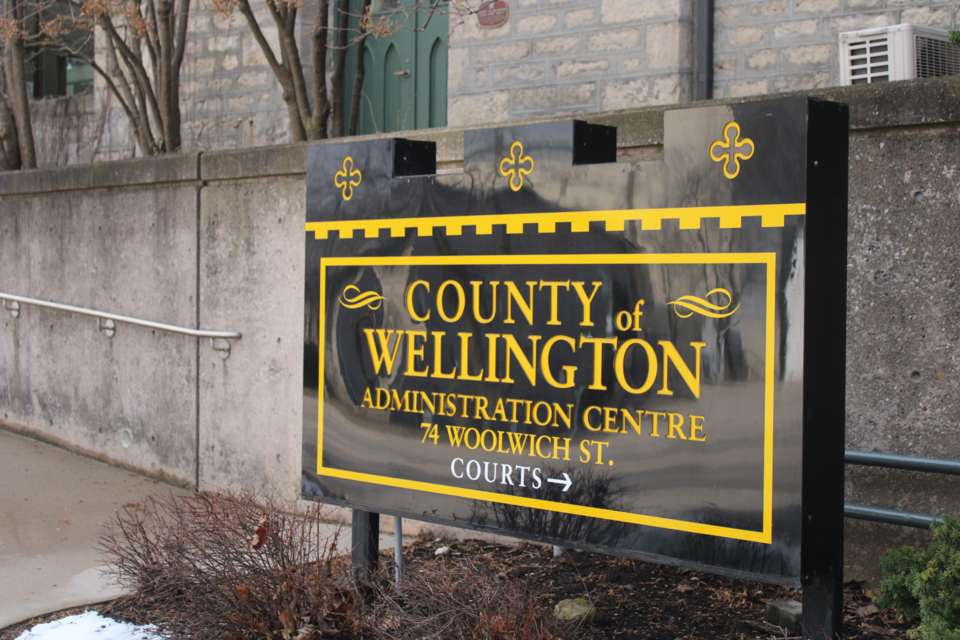WELLINGTON COUNTY – The Southwestern Integrated Fibre Technology (SWIFT) project is looking toward the next phase targeting funding broadband projects in lower-density areas.
SWIFT is a non-profit that aims to subsidize broadband projects in rural southwestern Ontario areas that have poor or no connectivity.
George Bridge, Minto mayor and SWIFT board member, and Barry Field, SWIFT executive director, gave an update on the project to Wellington County council at Thursday’s meeting.
In the presentation Bridge noted some highlights from the first phase of the project, called SWIFT 1.0.
He explained they are exceeding their target of 50,000 premises served by a few thousand and are very close to reaching their kilometre of fibre laid goal.
He was also happy to report that despite earlier concerns from smaller companies about SWIFT becoming a “Bell and Rogers show,” projects from small internet service providers (ISPs) accounted for about half of the funding given through SWIFT’s first phase.
The small ISPs will become more important for SWIFT 2.0, the next phase of the project where SWIFT intends to focus on projects in lower density areas.
“The bigger ones, Bell and Rogers, they go after so many people per km but your small ISP, for example they’ve gone down as low 3.1 density per km or three houses on a km,” Bridge said.
“Our next round we’ll get into, some of the low hanging fruit has been done, now we need to get out to that last mile.”
The funding is a big question for the next phase as there has been no commitment on what the province and federal governments will give, if anything at all.
A third of SWIFT is funded by the province and a third from the federal government, with the private sector filling in another third and municipal governments providing some capital contributions.
Coun. David Anderson asked if there’s anything they could do to give projects a better chance at a successful grant application.
Field said municipal financial support or just letter of support for a grant application — which Field noted applies for other funding beyond SWIFT — can go a long way.
He also said it might be helpful to encourage local ISPs to apply for funding if they haven’t done so.
Wellington North mayor Andy Lennox questioned how to ensure funding gets distributed more equitably so lower density projects aren’t missed again.
Field said by the time SWIFT 2.0 comes around those will be most of the projects left and to lower the number of premises per kilometre required, which in the first phase is at around 17 premises per km on average.
“There are things we can do in the (request for proposals), the procurement itself, to not only encourage but ensure that we’re not getting at that easiest of the remaining premises,” Field said, noting this was a valid criticism of SWIFT 1.0.
“We did have a very high premises count target we had to achieve and that kind of led to policies we had to encourage more premises passed.”
Coun. Jeff Duncan asked if a possible federal election this year could delay or impact the next phase.
Field said he wasn’t sure but did stress there is no commitment from upper levels of government to fund SWIFT 2.0.
Bridge said they’ve been advocating through the Western Ontario Wardens’ Caucus to all political parties and there is no question from any of them that this is needed.
The presentation was accepted as information from council.



